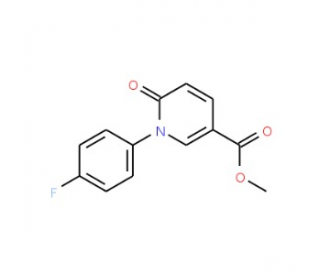详细说明
- Purity>95%, by SDS-PAGE with silver staining
- Endotoxin Level<0.10 EU per 1 μg of the protein by the LAL method.
- ActivityMeasured by the ability of the immobilized protein to support the adhesion of P19 mouse embryonal carcinoma cells. The ED 50 for this effect is 0.25-1.25 μg/mL
- SourceMouse myeloma cell line, NS0-derived
Rat E-Cadherin
(Gln 24-Ser704)
Accession # Q9R0T4IEGRMDP Mouse IgG2A
(Glu98-Lys330)N-terminus C-terminus - Accession #
- N-terminal Sequence
AnalysisAsp159 & No results obtained: Gln24 predicted - Structure / FormDisulfide-linked homodimer
- Predicted Molecular Mass103 kDa (pro monomer) & 87 kDa (mature monomer)
- SDS-PAGE100-125 kDa, reducing conditions
| 8144-EC | | |
| Formulation Lyophilized from a 0.2 μm filtered solution in PBS. | ||
| Reconstitution Reconstitute at 300 μg/mL in PBS. | ||
| Shipping The product is shipped at ambient temperature. Upon receipt, store it immediately at the temperature recommended below. | ||
| Stability & Storage: Use a manual defrost freezer and avoid repeated freeze-thaw cycles.
|
E-Cadherin/Cadherin-1, also known as Uvomorulin in the mouse and rat, is a 120 kDa member of the Cadherin family of cell surface glycoproteins that mediate cell adhesion (1). Rat E-Cadherin shares 92% and 81% amino acid sequence identity with the mouse and human proteins, respectively (2). It is a single-pass transmembrane protein that mediates calcium-dependent epithelial cell adhesion. E-Cadherin has five extracellular EC domains that form homophilic cis-clusters between adjacent epithelial cells and trans-clusters within the same cell. E-Cadherin clusters are critical components of adherens junctions between epithelial cells and act in the formation and maintenance of the epithelial cell barrier (3, 4). The intracellular domain of E-Cadherin binds to the Catenin cytoskeletal complex, which includes p120 Catenin, beta-Catenin, alpha-Catenin, and Vinculin. E-Cadherin expression is critical for epithelial tissue homeostasis. Decreased E-Cadherin is associated with physiological and pathological epithelial-to-mesenchymal transition and cell migration, and E-Cadherin loss contributes to cancer metastasis (5). The extracellular E-Cadherin terminal domain can be cleaved by several proteases and is released as a soluble factor that enhances cancer cell motility and EGF R‑dependent survival and proliferation (6).
- References:
- N
- Entrez Gene IDs:999 (Human); 12550 (Mouse); 83502 (Rat)
- Alternate Names:Arc-1; CAD1; cadherin 1, E-cadherin (epithelial); cadherin 1, type 1, E-cadherin (epithelial); Cadherin-1; calcium-dependent adhesion protein, epithelial; CAM 120/80; CD324 antigen; CD324; CDH1; CDHE; cell-CAM 120/80; Cell-CAM120/80; ECAD; ECadherin; E-Cadherin; Epithelial cadherin; LCAM; L-CAM; UVOE-Cadherin; Uvomorulin












